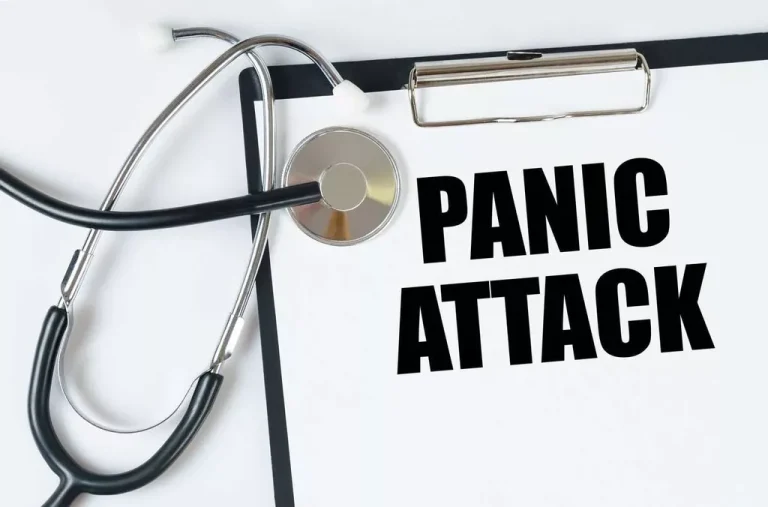
One of the premises of this theory was that society in general, as well as its communities and individual members, participates in the creation of economic, social, and cultural situations that engender criminal behavior. Consequently, according to the theory, amelioration of crime and recidivism requires that the individual, neighborhood, community, and all of society be responsible for and involved in the reintegration of offenders. Now, during the COVID-19 pandemic, it is even more important that the public focus on the jail-like conditions of halfway houses which put vulnerable populations at risk. As of August 18, federal Residential Reentry Centers (RRCs) had 122 active cases, and 9 deaths, of coronavirus among halfway house residents nationwide. However, recent investigative reports suggest that the real numbers are even higher, as the BOP continues to underreport cases in RRCs and state-level data is nearly non-existent.
Thrive In Your Sobriety At These Sober Events In Orange County and Greater LA

Our team at FHE Health can help you or your loved one to obtain that care. From here, we can help you move into transitional living or a sober house right for your best steps forward. Contact us today to learn whats a halfway house more about the programs we offer and how we can help you begin the journey to recovery. A less-than-desirable environment exposes someone in recovery to the potential triggers that can lead to relapse.
- Sometimes called “sober living houses,” residents of halfway houses are usually expected to undergo a treatment program for their substance abuse addiction or any other addictions that have negatively impacted their lives.
- Halfway House staff helps recovering addicts and former inmates reintegrate into society while living in a controlled environment.
- In Canada, halfway houses are often called Community-Based Residential Facilities.[8] The Correctional Service of Canada definition of a halfway house is similar to the general American definition of one.
- Other names of halfway houses include halfway house placement, correctional facilities, and Residential Reentry Centers (RRC).
- On any given day in 2018, RRCs held a nearly full population of 9,600 residents.
How Do You Find a Sober-Living Home?

Other facilities have restrictions in place that require medications administered by staff members. Licensing requirements for a halfway house may include safety regulations, staffing requirements, and standards for care and treatment. In the United Kingdom, “halfway house” can refer to a place where people with mental disorders, victims of child abuse, orphans, or teenage runaways stay. The latter are often run by charities, including the Church of England, other churches, and community groups. In addition, a stay in a recovery house might be a partial requirement of a criminal sentence. Residents are normally asked to remain sober and comply with a recovery program.
- Items of clothing that may reveal underwear or other private areas are strictly forbidden.
- They provide additional support and puts them in a sober living environment.
- A halfway house is a community-based accommodation that aims to provide a safe and structured environment for those in recovery from alcohol or substance use.
- Halfway houses are government-funded and serve as transitional housing for those who have finished their drug and alcohol treatment programs.
- Some people find it difficult to return home after rehab or prison time, especially those who live in a triggering environment or lack a strong support structure at home.
Halfway Houses: What Is a Halfway House?
Inquire about the various lengths of stay that the halfway houses near you may offer when doing your research. For the most part, people go to halfway houses because it is a mandatory condition of their release from prison. Some people may also go to halfway houses without it being required, simply because the facility provides housing. Placement in Residential Reentry Centers (RRCs) post-incarceration can technically be declined by people slated for release, but doing so would require staying in prison instead.
- Our free email newsletter offers guidance from top addiction specialists, inspiring sobriety stories, and practical recovery tips to help you or a loved one keep coming back and staying sober.
- Punishment applied with certainty, swiftness, and proportionate severity, it was believed, would deter offenders from further criminal activities.
- A halfway house is a type of transitional housing that provides a positive environment for recovering individuals to maintain their sobriety.
- A halfway house, often called a sober living home, is a transitional living facility that bridges inpatient treatment and independent living.
- Residents can leave to attend work, family obligations, religious observation, 12-step meetings, etc.
- While halfway houses assist recovering addicts, former correctional facility inmates may come to live at a halfway house after finishing a prison sentence to help them with their reentry into regular society.
- Halfway houses can also help people with other mental health disorders find stable housing after mental health treatment.Transitional living environments for people with a history of homelessness may also be called halfway houses.

Your recovery doesn’t end once you leave a halfway house; instead, it’s more akin to graduating from one level to another – each requiring unique tools and strategies for success. Aftercare Programs https://ecosoberhouse.com/ give us the tools and strategies to make our voyage toward lasting sobriety smoother. The power within a community cannot be overstated when maintaining long-term sobriety halfway house stay.
Apply for our Sober Living

Residential Re-Entry Centers
- The halfway house residents must comply with the program’s rules and standards, be part of the treatment programs, seek out job and educational opportunities, and achieve their personal goals as part of the program’s functions.
- If you or a loved one are struggling with addiction or mental health disorders, call and speak with a member of our team today.
- When it comes to dress code, visitors are expected to dress appropriately and neatly when visiting facilities.
- All visitors are required to be sober and must have a presentable appearance.
What is the Longest You Can Stay at a Halfway House?
